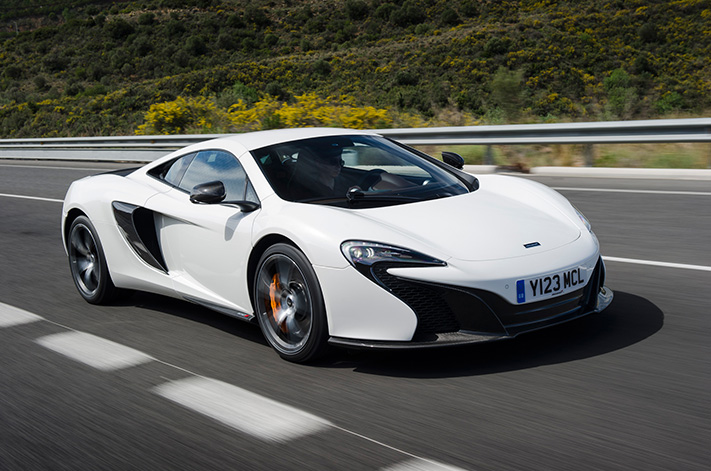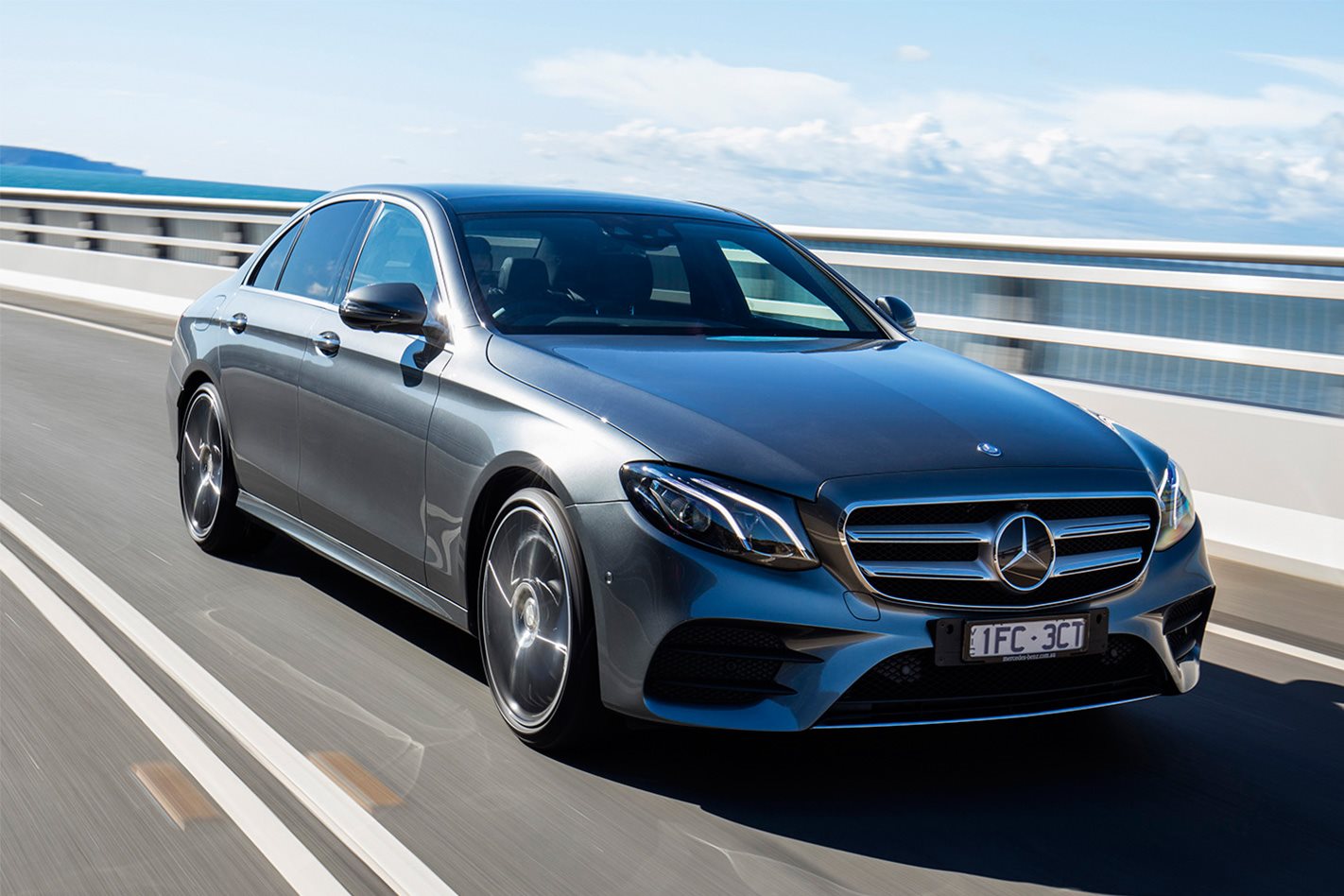IN THE first six months of this year, Australians collectively bought 599,552 new cars.
Forecasts of a cooling economy apparently aren’t enough to decrease our appetite for new vehicles, and if the second half of 2017 is even just a smidge stronger than the first, the market could be on a trajectory to sell more than 1.2 million vehicles for the first time ever.
Growth in sales has admittedly tapered off compared to the first half of 2016, but even so there have been plenty of winners so far in 2017. Here are the standout performers so far:
Medium SUVs
It’s no secret that SUVs are enjoying massive popularity in Australia right now, and demand is growing. However, drilling into the figures reveals that it’s one particular type of SUV that’s providing the bulk of growth – mid-sizers.
Both mainstream and premium medium SUVs experienced sales increases relative to last year, with their combined total for the first half of 2016 tallying 13,763 units higher than 2016 figures. That’s a sizable 16.4 percent gain, and more than enough to offset slight contractions in the small SUV and large SUV segments that saw sales shrink by 5.0 percent and 0.8 percent respectively.
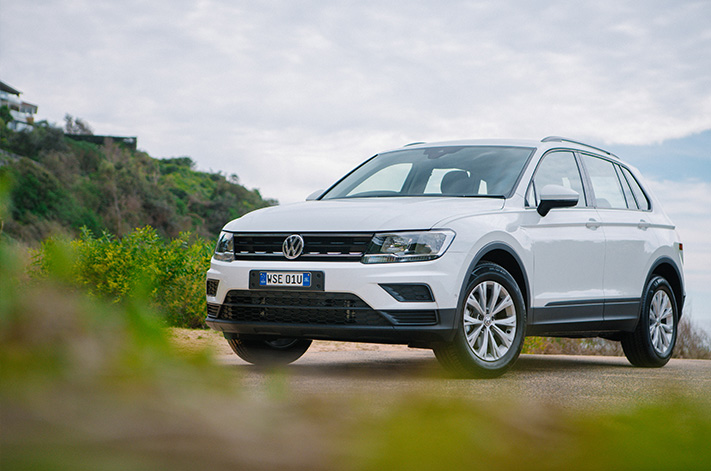
The Kia Sportage, Toyota RAV4, Renault Koleos and Nissan X-Trail also make the list of models that improved their prospects in the first half of 2017.
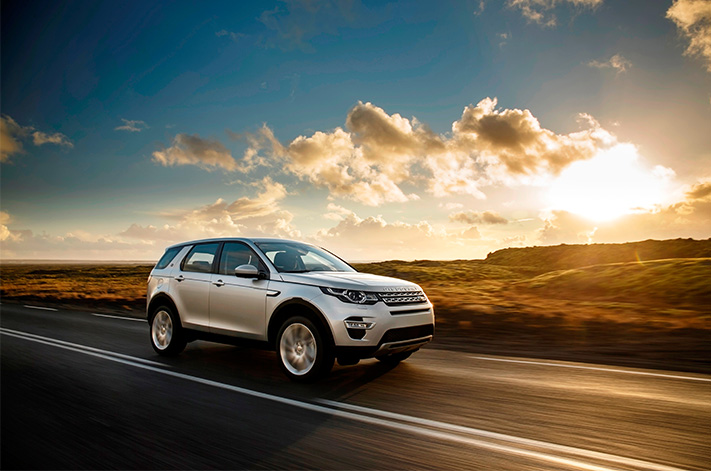
4WD utes
While sales in the 4×2 ute segment declined over the first half – largely due to the departure of the Falcon ute and waning sales for Holden’s Commodore ute – the 4×4 utility segment is sustaining its boom.
Falcon may be no more, but the Ford Ranger has well and truly taken over and is currently Ford’s top-seller in this country. With 18,563 of them sold in the past six months, that’s a 21.6 percent gain on what that model achieved in 2016.
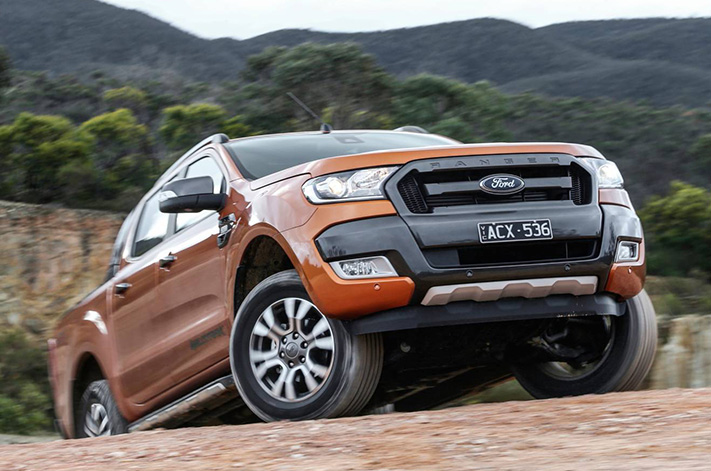
One interesting thing to note was the apparent increase in demand for super-sized grey-import American ‘trucks’, with sales for the RAM Laramie increasing by 16.4 percent in year-to-date figures. Granted, that only amounts to an extra 24 vehicles (for a 2017 first-half total of 170), but that’s still a significant gain for a very niche truck.
Kia
Of the mainstream manufacturers, Korean carmaker Kia made the biggest improvement on prior form. Though it’s still only just inside the top-ten list for year-to-date sales (in ninth position overall), its stellar 35 percent sales growth compared to the first half of 2016 puts it in a good position to pull itself up a rung – or two – up that ladder.
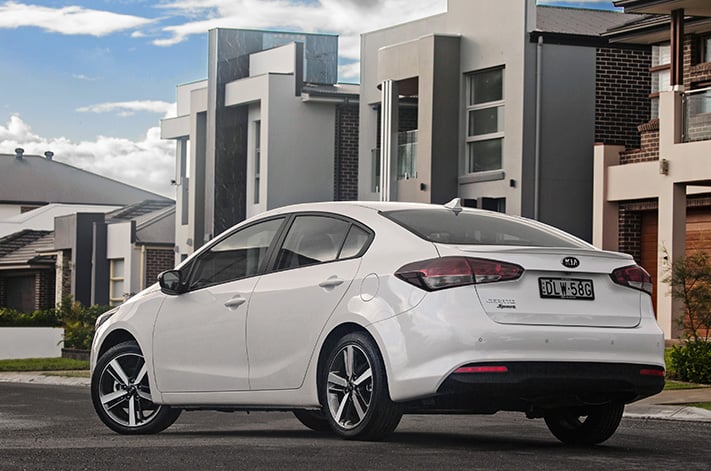
And it’s really only the Kia Optima that’s delivered any real disappointment. Sales of the midsize sedan fell 44.7 percent in the first half of 2017, but with Australians abandoning that segment in droves the Optima’s performance isn’t exactly unexpected.
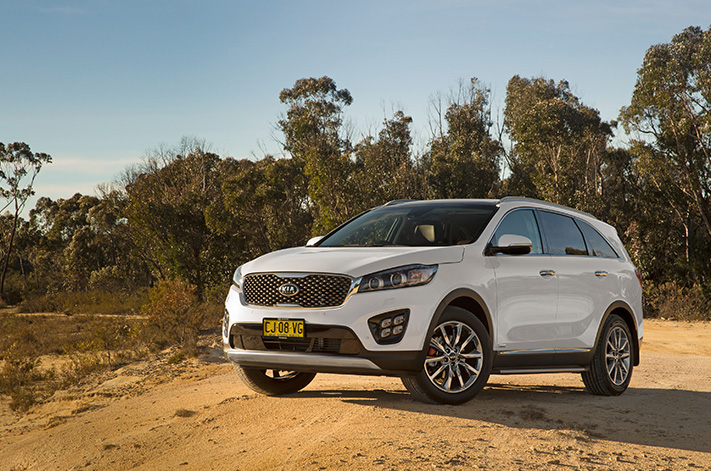
As the other German luxury marques struggled (Audi is down 12.0 percent year-to-date, BMW is down 18.5 percent), Mercedes-Benz bucked the trend and gained ground in the first six months of 2017.
With 22,318 cars sold so far this year, Benz posted a 7.9 percent gain on its 2016 figures. Looking at the sales tables, it’s no surprise: the C-Class, mainstay of Benz’s lineup, continues to sell well and remains Australia’s second-most popular mid-size car; the E-Class has been handily outselling its rivals since a new-gen model launched last year; the A-Class even managed to grow sales and the C-Class coupe has hit the ground running to claim second spot in the Sports Car category.
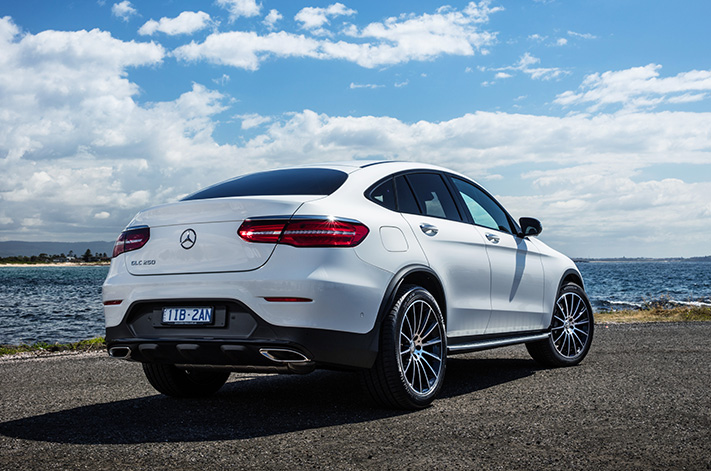
If supply improved, Benz reckons they could sell at least 10 to 15 percent more. Benz also notes that it accumulated significant numbers of cars in the country in anticipation of strong post-launch sales, setting a high bar in the first half of 2016 that would be near-impossible to equal once the supply chain settled down. Right now, however, the GLC wears a 2-3 month waiting list on new orders.
Infiniti
Infiniti’s 422 first-half sales tally may pale in comparison to Benz’s 22,318, but the underdog luxury arm of Nissan still managed to grow its slice of the luxury sales pie. Racking up a respectable 18.2 percent year-to-date growth figure, largely propelled by the arrival of the Mercedes GLA -based Q30 and QX30 compact crossovers, Infiniti nevertheless remains in a tenuous position.
Sales of the 3 Series-fighting Q50 have cooled, a worrying sign given medium sedans are volume-selling products in the segment, and the aging Q70 is in dire need of replacement. What’s more, the sporty QX70 SUV, right now the second most popular model for Infiniti Australia, has reportedly ended production with no replacement announced.
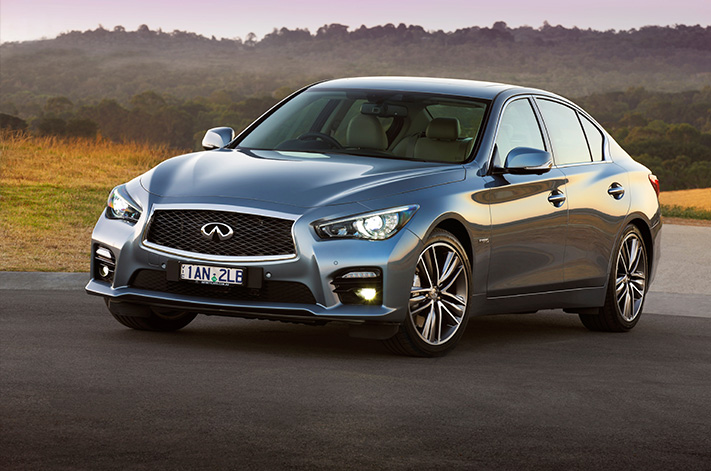
Can Infiniti sustain its growth? If anything, it will need to accelerate significantly if it’s to challenge the likes of Jaguar (1467 YTD sales), let alone Lexus or the German establishment.
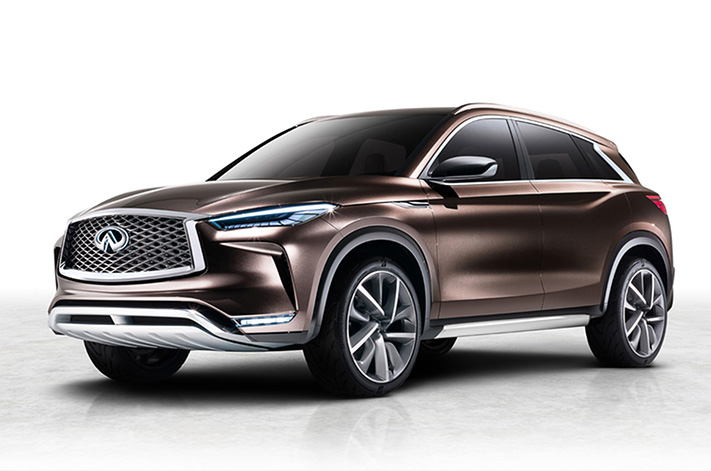
After enduring a long run of lacklustre showroom traffic, the fiercely independent Japanese carmaker has managed to record a decent first-half result of 21,831 sales – with the 10th-generation Honda Civic responsible for much of that uptick.
That’s already 11.2 percent up on last year’s figure, but the company is optimistic of a 48k sales tally by year’s end. That means Honda’s sales staff will need to perform even harder in the second half of 2017 if that target is to be achieved. Helping them, however, will be the arrival of a revamped CR-V this month, which sees Honda finally able to offer a seven-seat SUV to Australians once more.
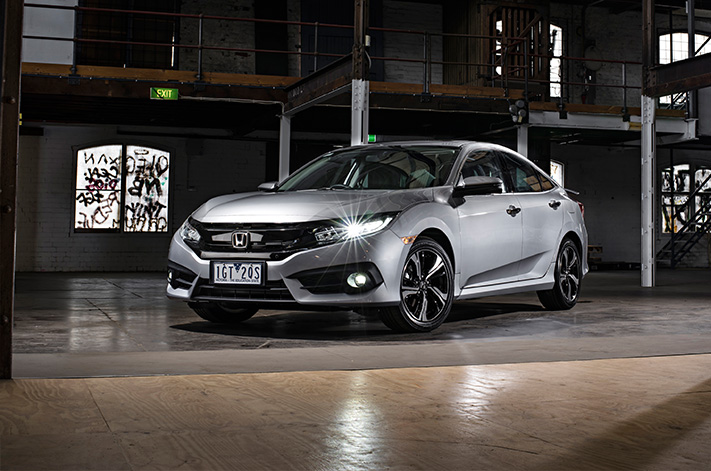
Can Honda sell the 26k-odd extra vehicles it needs to reach its stated target by the end of the year?
Supercars
Ferrari, Aston Martin and McLaren all grew their sales in the first half, with Ferrari even breaching the 100-car barrier to claim pole position among the exotic car field. All of them are coming off low bases, admittedly, but there’s no sneezing at their double-digit – or even triple-digit, in the case of McLaren – percentage gains.
McLaren sold 60 cars in total in the first six months of 2017, compared to 27 cars sold in the opening half of 2016. Not a huge surprise, given McLaren’s stable now has more diversity of product than ever and ranges in price from the $325k 540C to the $511k 650S Spider.
